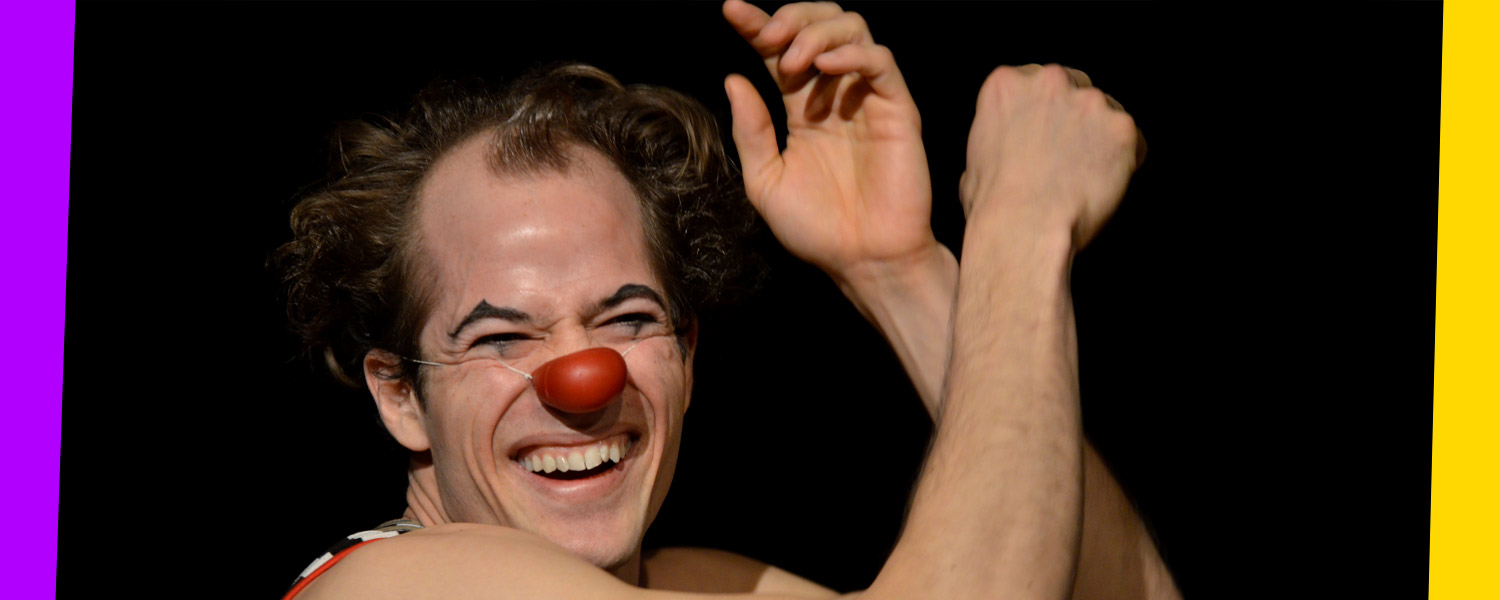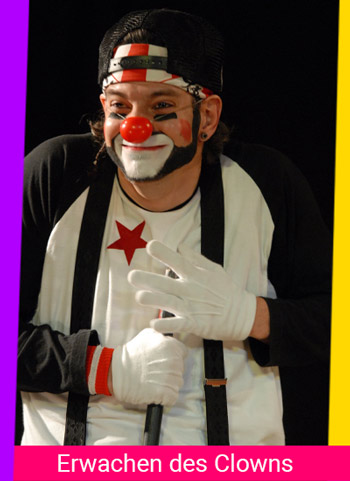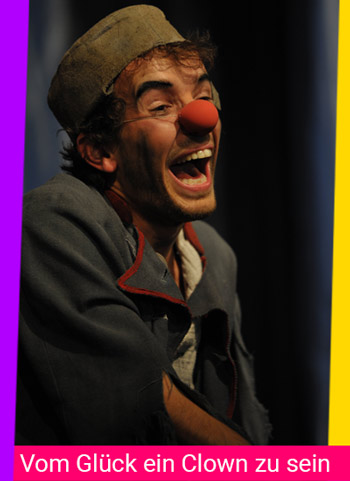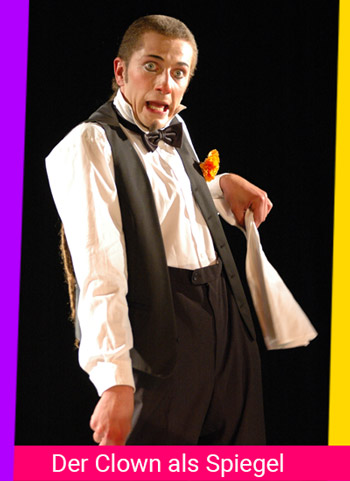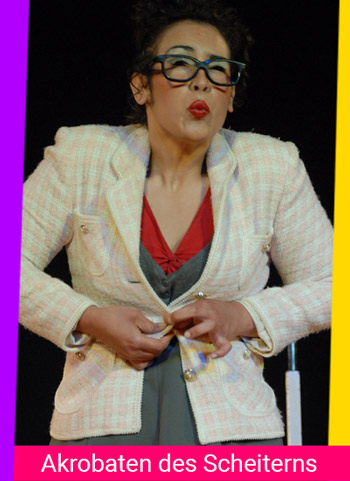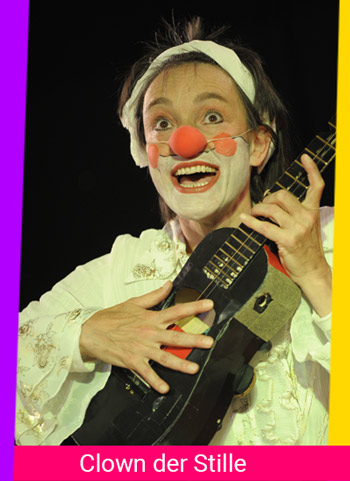The clown is more than just a fictional character.
He awakens in us an old, lost desire to turn things upside down and look at them from a different perspective. Thus, the clown represents a way of seeing, communicating, and acting in the world. His method is play, and a good clown is a master of play.
What fascinates us most is the simplicity of the clown. With few resources, the clown touches the essence of human longings, hopes, and doubts. When children play, they cope with and process their experiences and create their own world. The clown rescues these wonderful qualities of play into the adult world. The clown's mask allows us to drop all other masks and develop our strength – humor. One of the most important principles of clown play is "saying yes." We say "yes!" to the entire spectrum of our being and waste no energy trying to portray anything else. We recognize that our greatest potential lies precisely in our perceived weaknesses.
Through the clown's mask, we no longer have to pretend and learn to overcome our shyness. Whether with or without a red nose, the clown allows us to feel ourselves. Whether we exaggerate, understate, or simply go wild doesn't matter.
In playing, we learn to trust saying "yes," to accept impulses, and to send out clear signals without constantly listening to our inner censor. In this way, we experience ourselves and others in the flow of play.
The clown has a clear, subjective view of things. He wastes no energy on compromises and conflicts. And he loves a problem, because the joke lies in the crisis. People turn to the clown when they're tired of pretending. The clown is an accelerator, someone who gets to the heart of things, and he reaches people across all social and intellectual barriers. Because making people laugh is the shortest path to their hearts.

